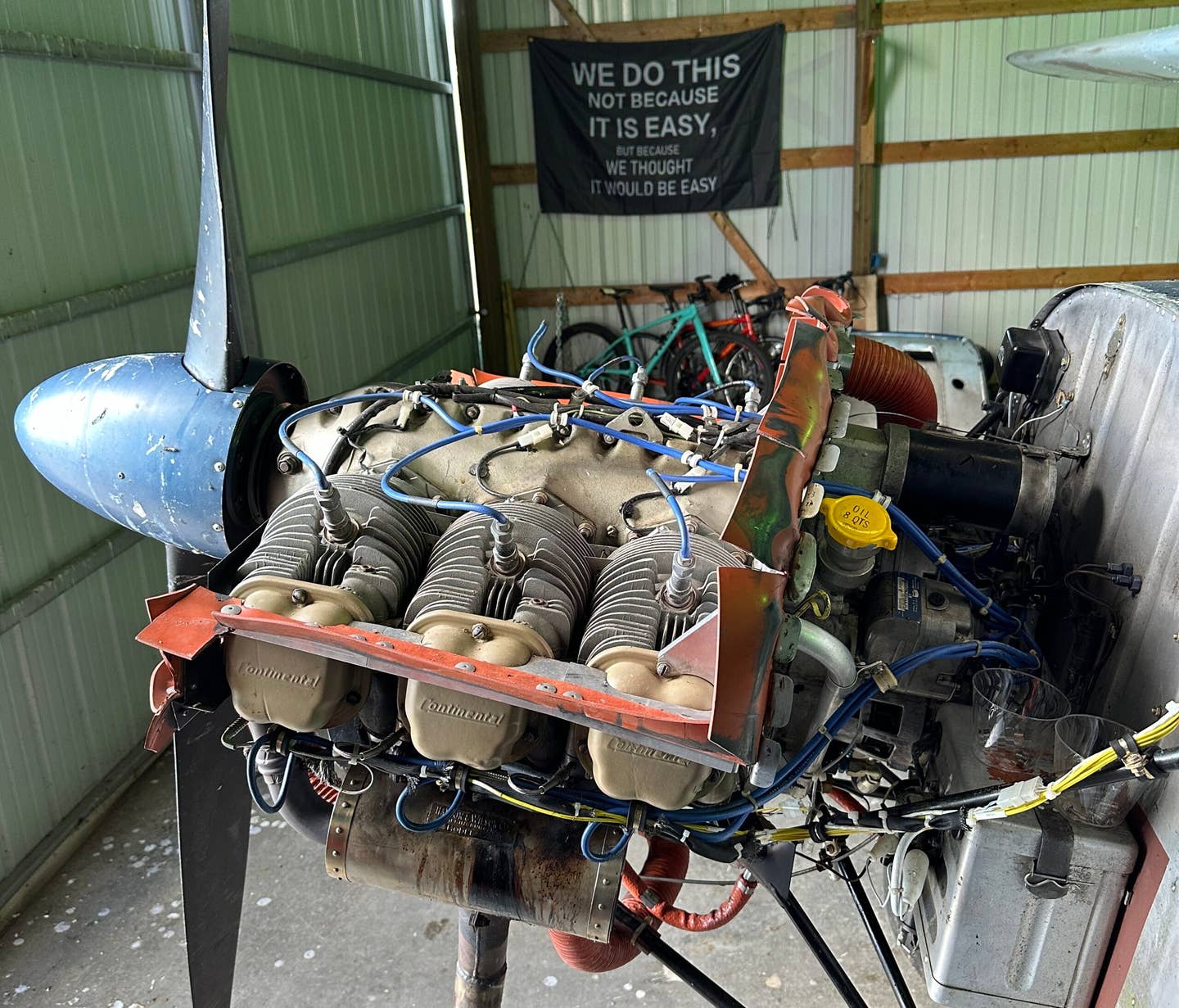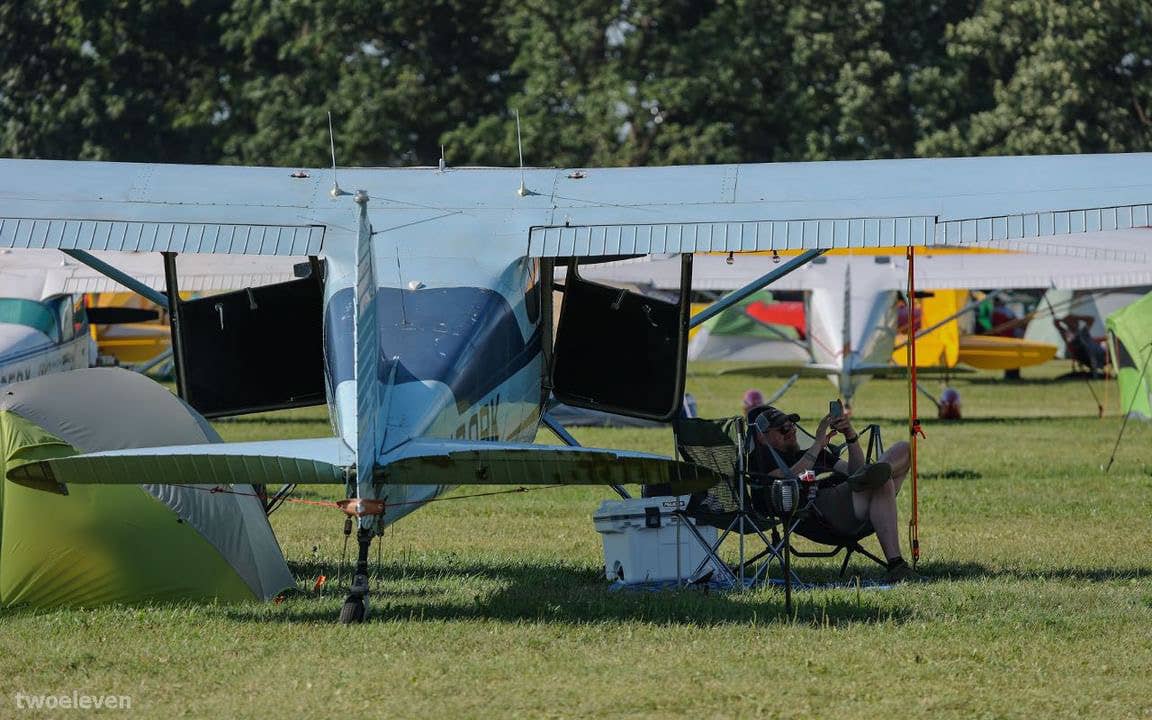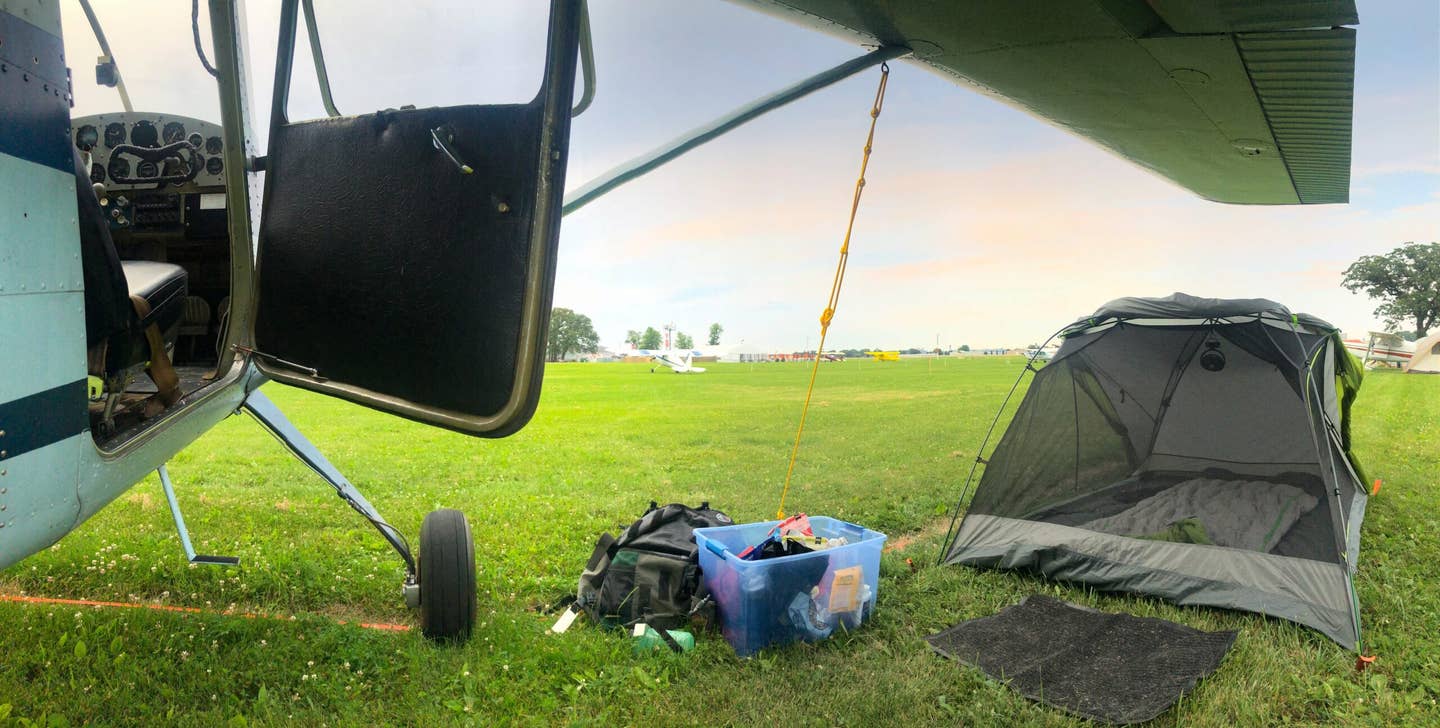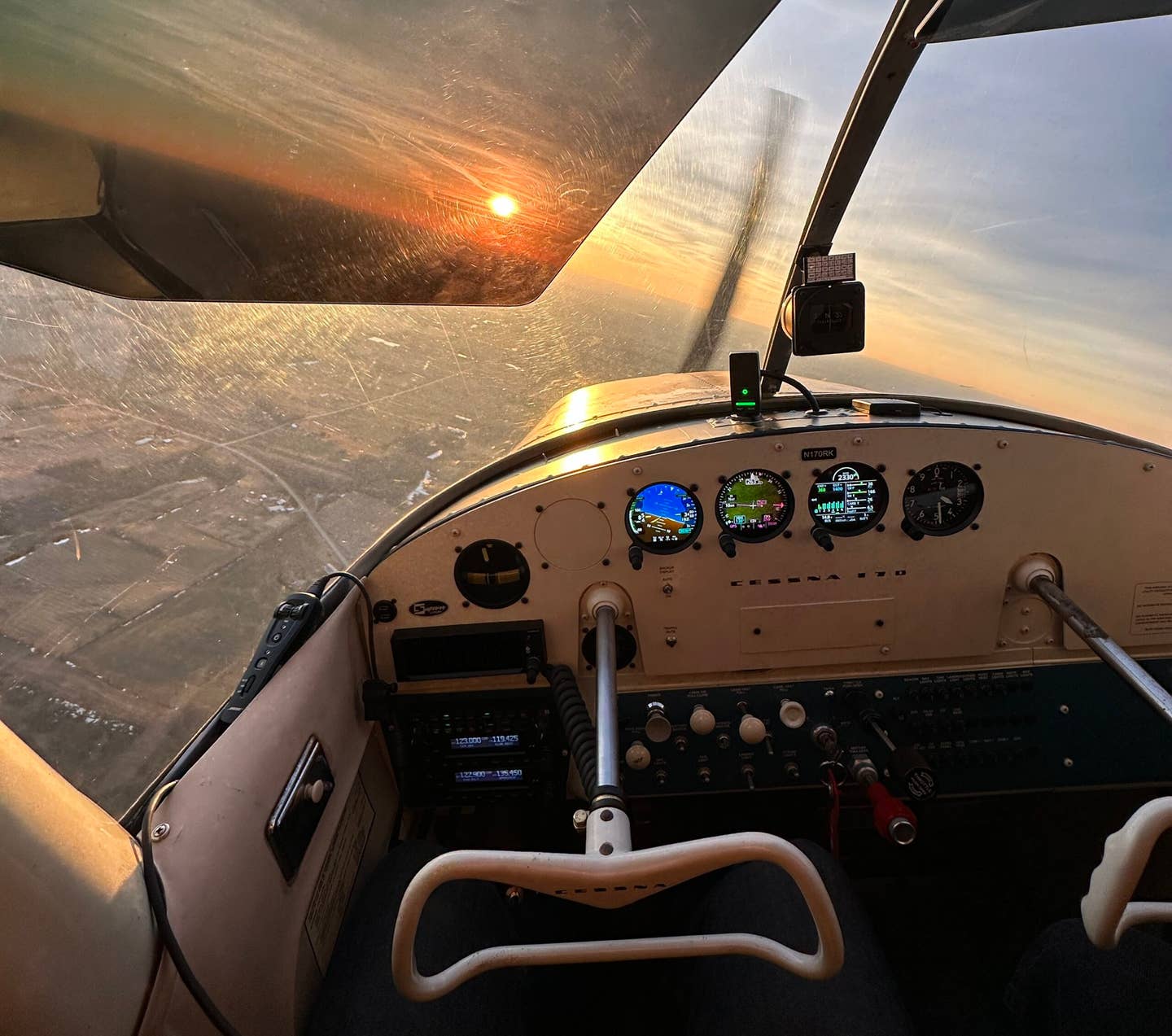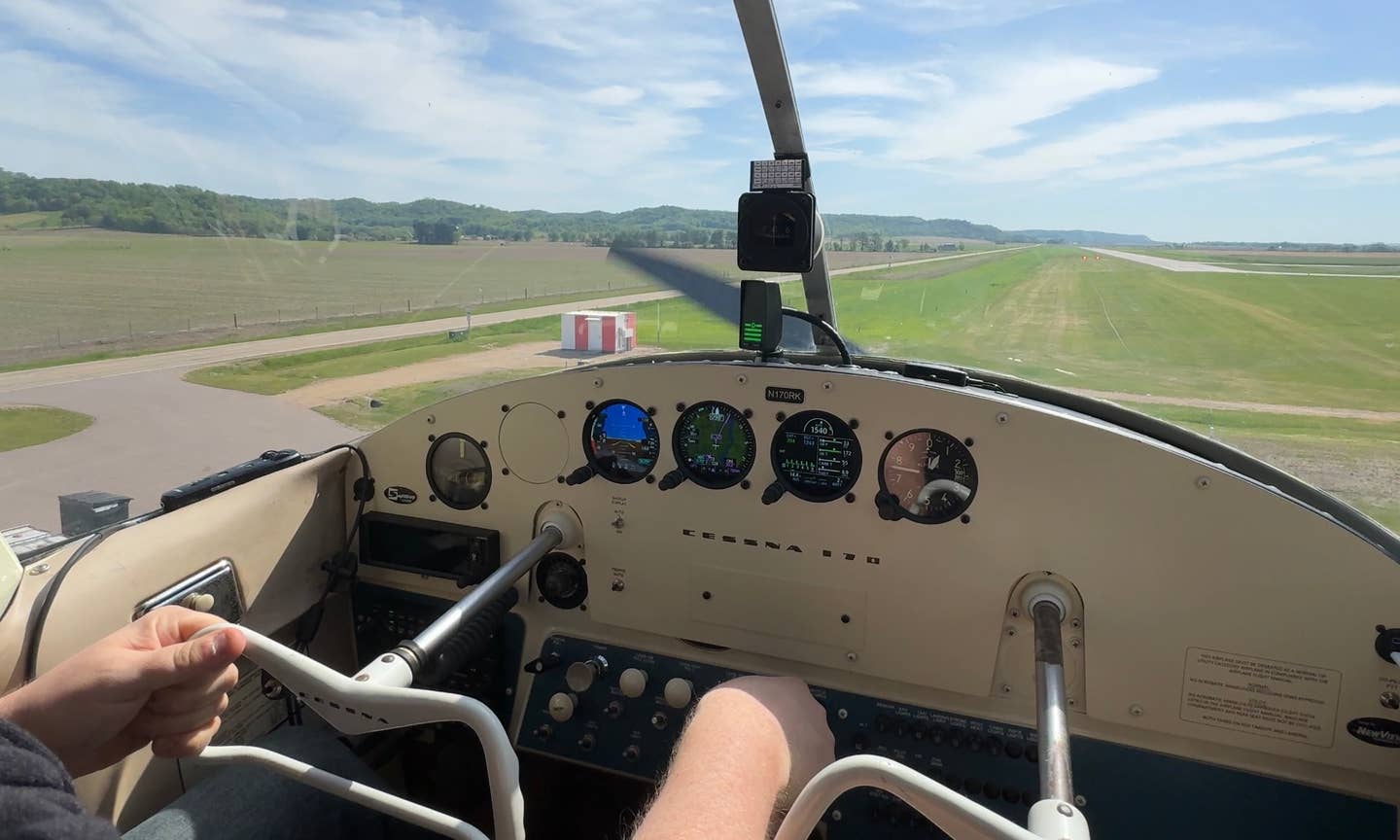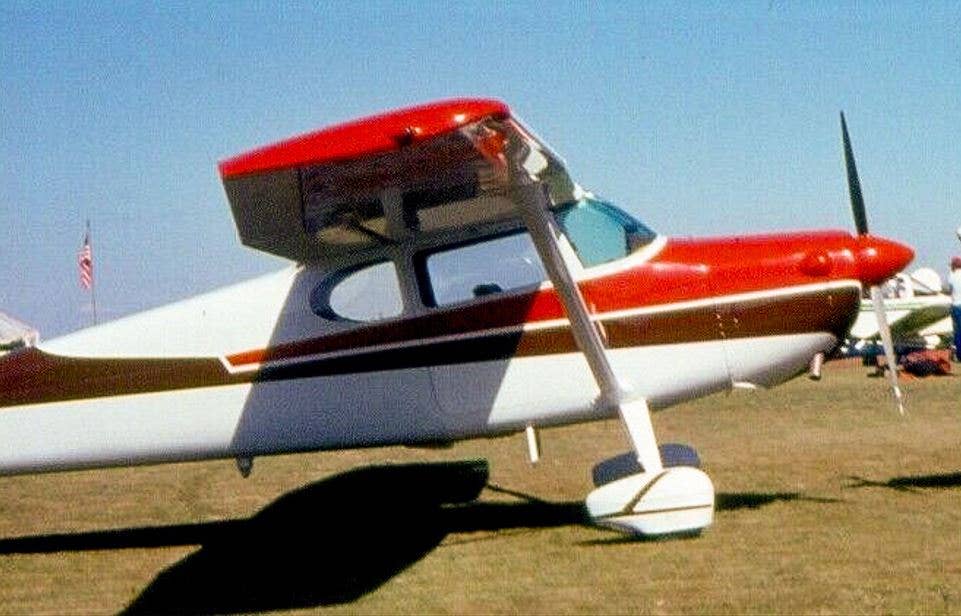A Perfect Day for Flying
Ideal conditions don’t happen often for aircraft owners, so celebrate them when they do.
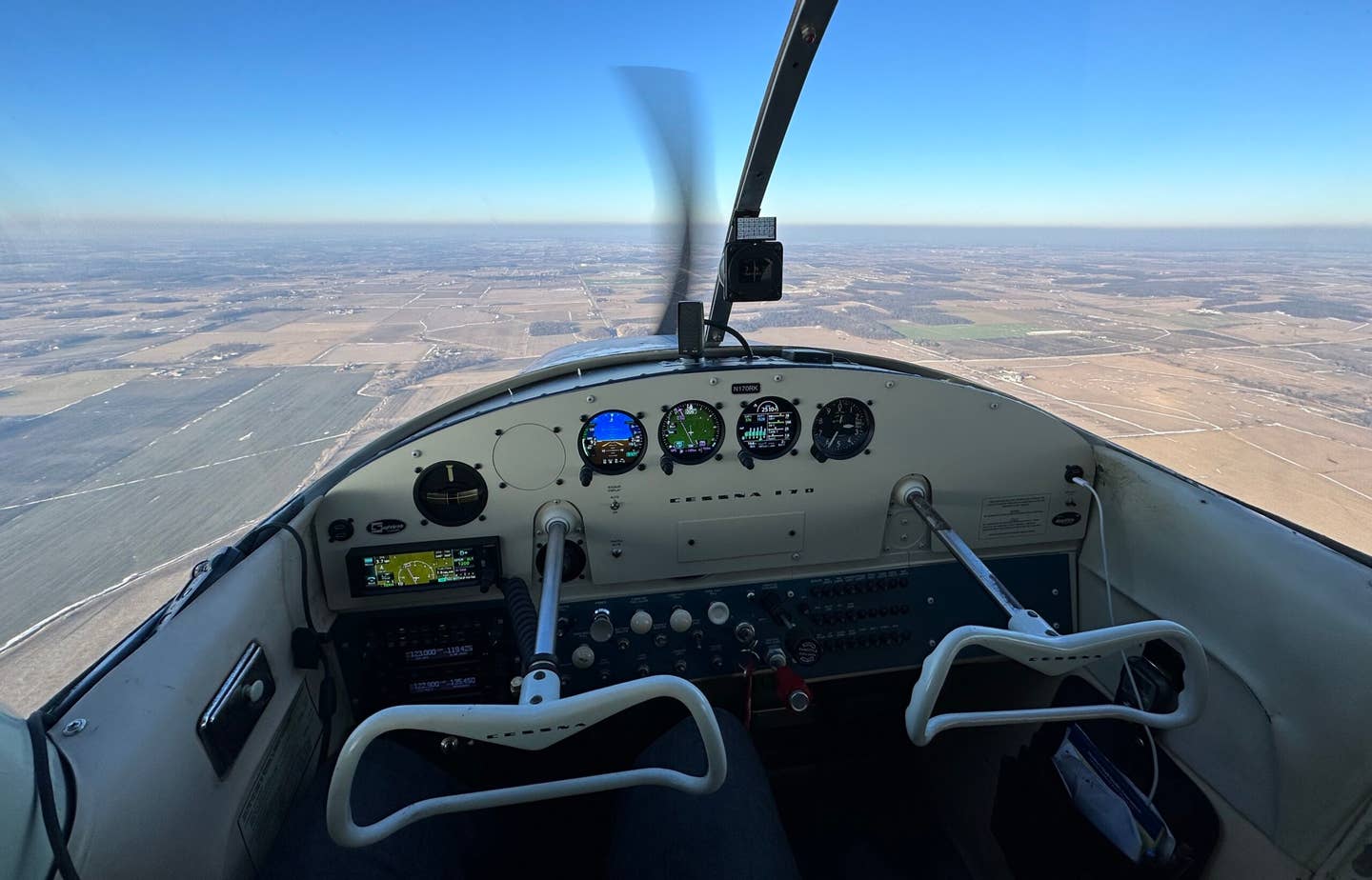
A long-awaited clear day provides a perfect opportunity to brush the rust off after a solid month of fog and low ceilings. [Jason McDowell]
Since purchasing my Cessna 170 two summers ago, the specter of bad luck and I have become very well acquainted. From an idiotic oversight that ruined cylinders (and was entirely my fault) to weeks upon weeks of unflyable weather to winter runway maintenance that commonly appears to have been handled by an insolent helper monkey, it’s fair to say we’ve spent a lot of time together. At times, I suspect this specter maintains a small staff of assistants to ensure the joys of aircraft ownership remain fleeting and special.
But from time to time, I’m welcomed by profoundly good luck. On rare occasions, days off align with fantastic weather, a usable runway, and a properly functioning, squawk-free airplane. On these occasions, I approach my flying with a healthy dose of suspicion and brace myself for the worst, but I make sure to appreciate the good fortune.
Last week, one such day presented itself. After a solid month of fog, low ceilings, and generally dreary weather, the sun reintroduced itself to the upper Midwest, and the people rejoiced. Waving hello to all the other happy citizens of my small town as Zip-a-Dee-Doo-Dah played loudly in my head, I made my way to the small, private airport I call home. While no bluebirds landed on my shoulder, a lone cow regarded me as I passed a nearby farm, and I figured that, given my location in the Wisconsin countryside, that would suffice as a stand-in.
Winds were light and out of the east, neatly aligning themselves to two of my favorite grass strips in the area. While a wispy cloud layer was visible above, low ceilings would not be a factor. And it was even pleasantly warm, setting me up for a relatively pain-free preflight inspection.
Upon arriving at the airport, I saw that the typical poor snow removal did present a few challenges. A couple of Volkswagen-sized dirt mounds littered the east end, and only a narrow strip of the western third had been plowed. Fortunately, I was confident I could successfully negotiate these issues and proceeded with my preflight.
The preflight was successful in more than one way. I found no mechanical concerns to speak of, and my new technique of packing out any food (namely energy bars) out of the cabin had apparently alleviated the mouse problem I had encountered the previous month. Happily noting that the engine oil level had stabilized perfectly over the preceding eight flight hours, I pronounced the airplane fit to fly.
- READ MORE: Managing the Doldrums of Winter
The engine start and run-up were uneventful, and it was warm enough that I kept the window open for the sheer novelty of doing so in February. I dutifully made my calls on the CTAF as I backtaxied, but the airport and airspace above remained completely serene. Not one airplane was visible, even via ADS-B on my newly overhauled panel.
While the sun gave the impression of warmth, the air was still crisp and thick, providing a bit more thrust than I’m accustomed to in the summer. Observing the engine stabilize at 2430 rpm early in the takeoff roll, I smiled as my 80/42 seaplane propeller clawed its way through the air and pulled me aloft in less than 400 feet. A quick turn southbound placed me on course for Brodhead, a favorite little airport of mine with three grass runways and a vibrant antique aircraft community.
A mottled landscape of brown and white unfolded beneath me, the remnants of our early January snowstorm receding into the lush soil. Because the state of Wisconsin is unable or unwilling to assign more than a few CTAFs to its airports statewide, a massive variety of unseen voices emerges from my headset. In a 20-mile radius, roughly 11 airports share 122.9, and we step on each other more often than kids forced to learn square dancing in gym class.
Frustrating as it can be, this comes with a side benefit. As I depart my home field and visit the two other airports on my agenda, I can simply leave my radio tuned to the single frequency the entire time. Because we’re friendly people in the Great Lakes region, position reports are sprinkled with jaunty hellos and inquiries about the day’s plans. This creates additional congestion, sure, but so long as the niceties are kept brief, none of us complain.
Before long, I entered the pattern at Brodhead. Keeping an eye out for the many radioless antique planes that call the airport home, I ensure every LED light is powered up and continue to dutifully make my position reports. Surprisingly, no other traffic is present, and as tends to be the case when no witnesses are around, I manage to nail each wheel landing, rolling my big Bushwheels onto the grass so lightly I could barely tell when they spun up.
With the rust of a nonflying January sufficiently cleared off, I departed the pattern and made my way up to Albany, Wisconsin. Relatively short for the area at 1,700 feet, I enjoy challenging myself to take off and land within the first 500 feet of Runway 9— a distance clearly identifiable by the perpendicular perimeter of a neighboring cornfield. As I approached the field, I reminded myself how transients sometimes mix up the name Albany with a nearby town called Albion and listened for both names on the still-busy frequency.
While the continued lack of other traffic and witnesses promised another series of excellent landings, the light breeze decided I could use a bit of a challenge. It shifted around to the north and spilled over an adjacent tree line, randomly changing direction as it saw fit. Riding the swirls and eddies down final, I refocused and had fun trying to predict and anticipate this new variable. Sometimes it worked, and sometimes it didn’t, but while my landings were no longer things of beauty, I enjoyed the atmospheric lesson immensely.
Thoroughly limbered up after a good number of landings and short approaches, I headed back home and was welcomed with the aforementioned narrow strip of runway, bordered by the remnants of lazy snow plowing. It took little effort to properly align myself and set down on centerline, but I was then caught off guard by an errant puff of wind that launched me back up into the air like a hot-air balloon. Carefully maintaining a slightly nose-up deck angle and avoiding a pilot-induced oscillation, a quick shot of power cushioned my return to earth and I settled back down in an ugly yet safe fashion.
A quick glance to the left revealed the reason for the bobbled landing—another airport tenant was standing nearby, recording me with his cellphone. Where were the cameras down at Brodhead? But my indignation soon subsided to thankfulness as the reality of a perfect day of flying settled in. Days like this don’t occur often enough. So we must soak them up and savor them when they do.

Subscribe to Our Newsletter
Get the latest FLYING stories delivered directly to your inbox

